- Jump to:
- Plant
- Fertilize
- Watch Out For
- Water
- Prune
Fall is Our Best Planting Season!
Trees, shrubs, and perennials get a great bonus when planted in fall. South Texas enjoys relatively warm soil temperatures through fall and winter, and cooler air temperatures direct the new plant to grow roots all through this time. So, a plant put into the ground in fall will grow twice as fast the following spring as one planted in spring due to having developed twice the root system, and it will also suffer much less stress in its first South Texas summer. We are lucky that we can garden year round here, but fall is our best season for planting!
What to Plant
Flowers from Seed
Alyssum, bluebonnets, dianthus, larkspur, nasturtium, pansies, petunias, phlox, snapdragons, stock, sweet peas, and violas
-
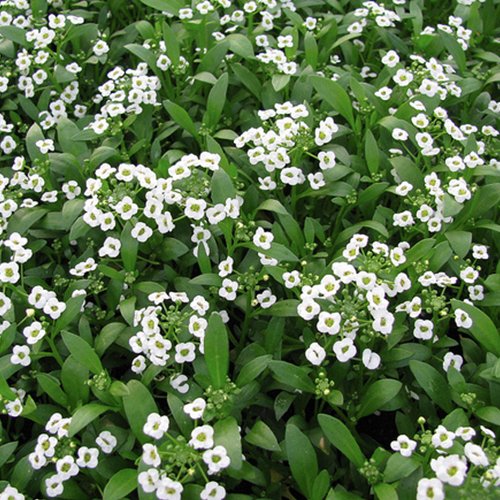
Alyssum -
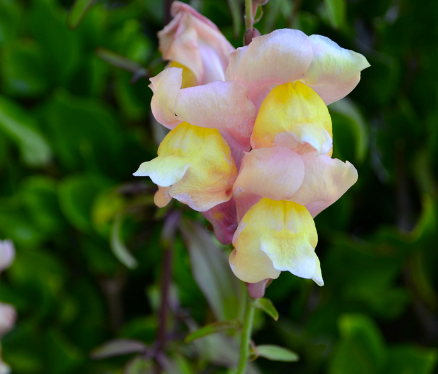
Snapdragons -
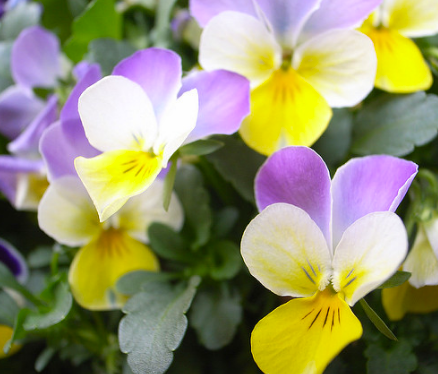
Viola 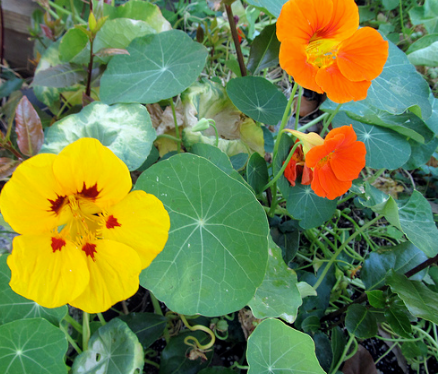
Nasturtiums
Flowers from Transplant
Alyssum, begonias, bluebonnets, calendulas, dianthus, flowering cabbage and kale, geraniums, lobelia, pansies, petunias, phlox, shasta daisy, snapdragons, stock, violas and dusty miller
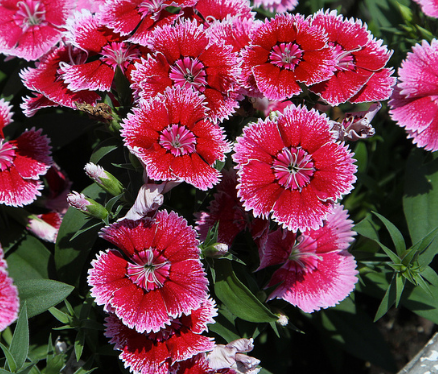
Dianthus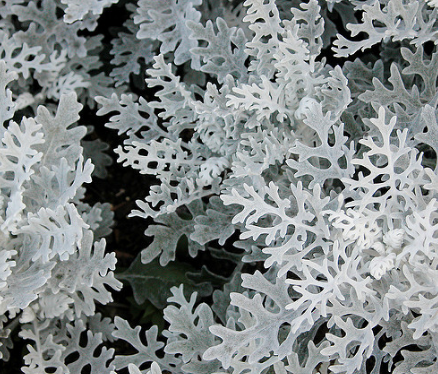
Dusty Miller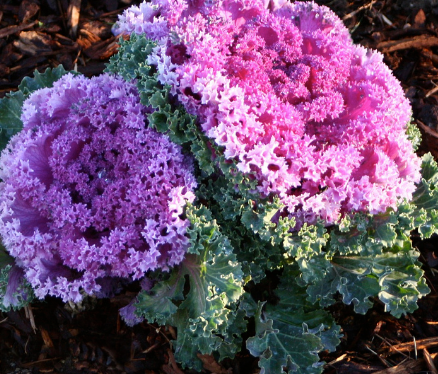
Flowering Kale
Snapdragons
Veggies from Seed
Beets, carrot, garlic, lettuce, mustard, onion, parsley, radish, Swiss chard, spinach, turnips, and herbs
GARDEN GUIDE: Herbs, Onions, Container Gardening
Hardy Trees, Shrubs and Vines
Some of our favorite vines: Mexican Flame Vine, Coral Vine
Garden Guide: Native Plants of South Texas: Our Baker’s Dozen; Planting Trees, Shrubs and Groundcovers
Fall bulbs like paper whites and amaryllis, will make a spectacular show this winter and spring, and now is the time to buy them.
Also, they make a great gift! Lynn’s Amaryllis – A Gift from Mom for a Lifetime
Garden Guide: Planting Fall Bulbs
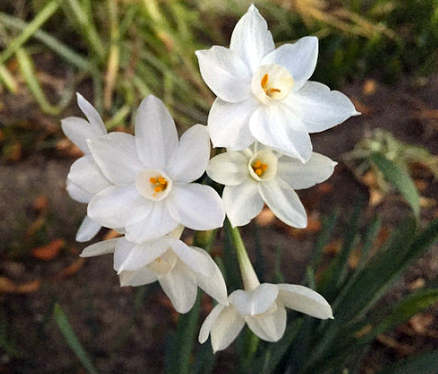
Paperwhite Narcissus
1. Refrigerate for 4-6 weeks prior to planting.
(plant around Thanksgiving for holiday blooms!)
2. Fill a clear vase with a few inches of pea gravel.
3. Nestle bulbs side by side into the gravel.
4. Add water up to the bottom of the bulb and
place near a sunny window.
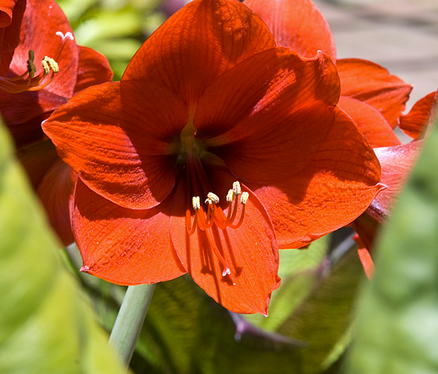
Amaryllis
Plant in a pot or in the ground. If planting in the ground, place in morning sun and afternoon shade. Every three years in October, you can dig up and divide these bulbs as they multiply underground! Feed regularly with Hi-Yield Bone Meal every 4-6 weeks.
Fertilize
LAWN
with Gill Fall Lawn & Garden 13-1-3. For an organic approach, use Milorganite or Medina Growin’ Green.
BLOOMING ANNUALS & PERENNIALS
with Hibiscus Food, organically with Medina Growin Green, Hasta Gro or Maestro Rose Glo
ROSES
with Bayer Rose & Flower Rose Food, organically with Maestro Rose Glo
STRESSED or NEWLY TRANSPLANTED PLANTS
with Hasta Gro Organic Fertilizer or Super Thrive
VEGETABLES
with Hi Yield Ammonium Sulphate, organically with Hasta Gro, Maestro Rose Glo or Plant Tone
CATERPILLARS
Look out for chewed leaves! Spray with Cyonara, organically with Thuricide, Dipel Dust or Spinosad.
POWDERY MILDEW
on crape myrtles and roses. Treat with Daconil, or Fertilome Systemic Fungicide. Organically with Serenade or Neem Oil.
FLEAS & TICKS
Treat lawns with Spectracide Triazicide, organically with Spinosad or Diatomaceous Earth Crawling Insect Killer.
MOSQUITOES
Repel with Mosquito Beater Liquid Quick Kill or Mosquito Beater granules.
BUT, PLEASE…
Please, Please, don’t kill the bees. They are one of the best sources we have to pollinate our fruits, vegetables, flowers and shrubs.
Water
Water newly planted plants regularly, but take care not to overwater with cooler nighttime temperatures. Cut back on watering your established plants and lawn as temperatures cool down, since they use less water. If you are unsure when to water, use a moisture meter to take out the guesswork.
WATCH: Watering Basics with James
Prune
- Fall blooming plants that have finished their bloom like asters and mums.
- Remove spent blooms from annuals, like petunias, snapdragons and dianthus to encourage more bloom.
- Your hardy woody ornamentals to shape, not severely (so as not to encourage new tender growth)
WATCH: Trimming Mums for a Second Bloom with Sally


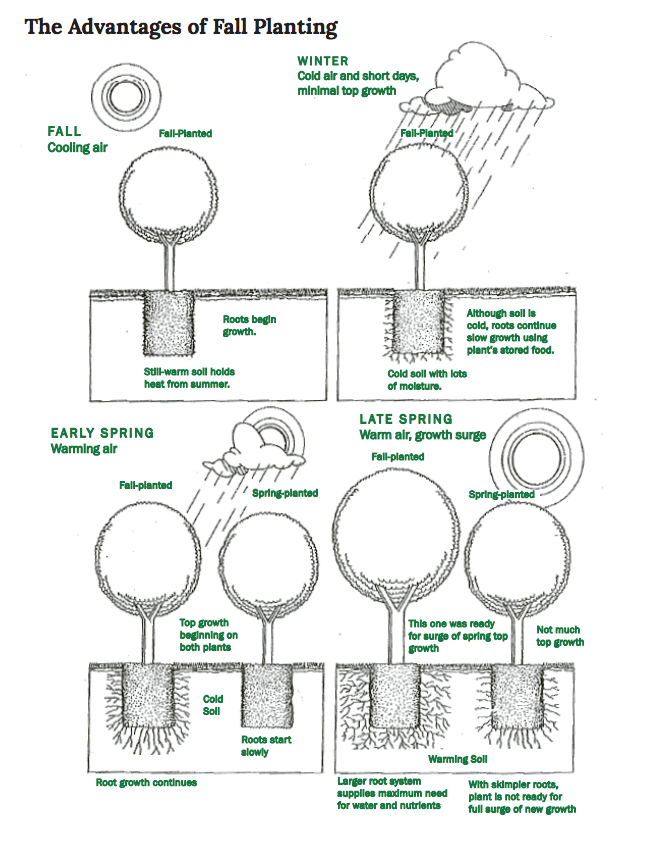
4 Comments on “November Gardening Guide”
When should plumaria be taken in or trimmed?
Plumaria are going to be OK down to around 40°, but will lose their leaves. You should not pull the yellowing leaves off as that causes some damage but rather snip them off not too close, leaving 1/4” to 1/2” of leaf stem. Either bring them in or cover them if temperatures are approaching anywhere near freezing, I would say if the forecast is for Below 40.
Is now a “fair to good ” time to purchase and plant roses (potted, not bare-rooted)? If so, do you have any in stock?
Thanks!
Now is an excellent time to plant container grown roses, and we have several in stock.